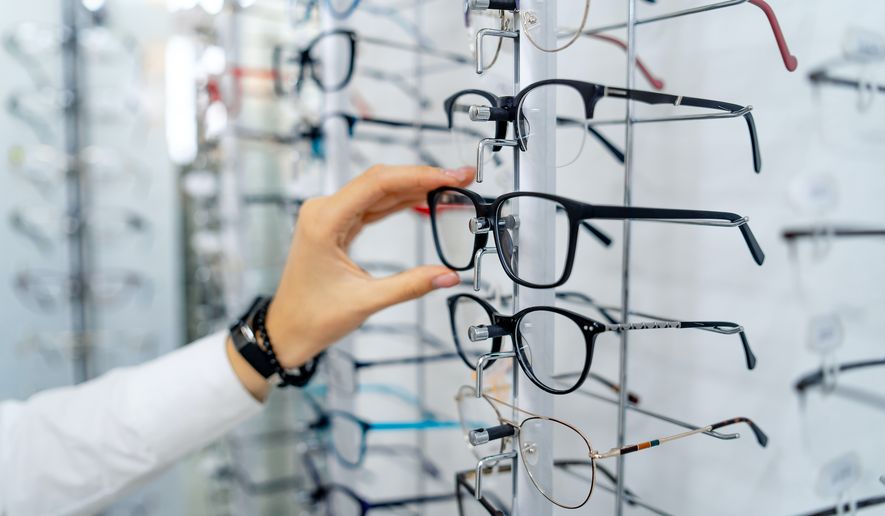Nearly half the world’s population could be grappling with nearsightedness by 2050, a significant leap from 23% in 2000, alarming health experts.
Myopia, commonly called nearsightedness, impairs the ability to see distant objects clearly, necessitating corrective lenses for millions around the globe.
China, Japan, Singapore and regions in Western Europe, North America and Australia are witnessing an unprecedented rise in myopia cases, according to Study Finds, a website covering various topics including health and science. The surge, if unabated, is poised to culminate in severe vision problems for today’s younger generation in the coming decades, with health care costs in the U.S. alone potentially exceeding $7.2 billion annually.
Research debunks the myth of myopia being predominantly genetic, pointing instead to behavioral patterns as the primary culprits. Key lifestyle changes over recent years, such as increased engagement in reading and screen time, plus a decline in outdoor activities, have been identified as significant factors fueling the myopia uptick.
A study on infant chickens, using tiny helmets to adjust visual input, mirrors the human experience of progressive myopia, underscoring the impact of blurred vision on eye growth. Surveys involving children and their parents affirm the critical influence of prolonged focus on close objects — and a marked reduction in time spent outdoors — on rising myopia rates.
The escalating prevalence of myopia globally underscores the need for regular eye checkups and corrective measures along with calls for a broader reassessment of people’s daily habits and lifestyles.
• Staff can be reached at 202-636-3000.




Please read our comment policy before commenting.